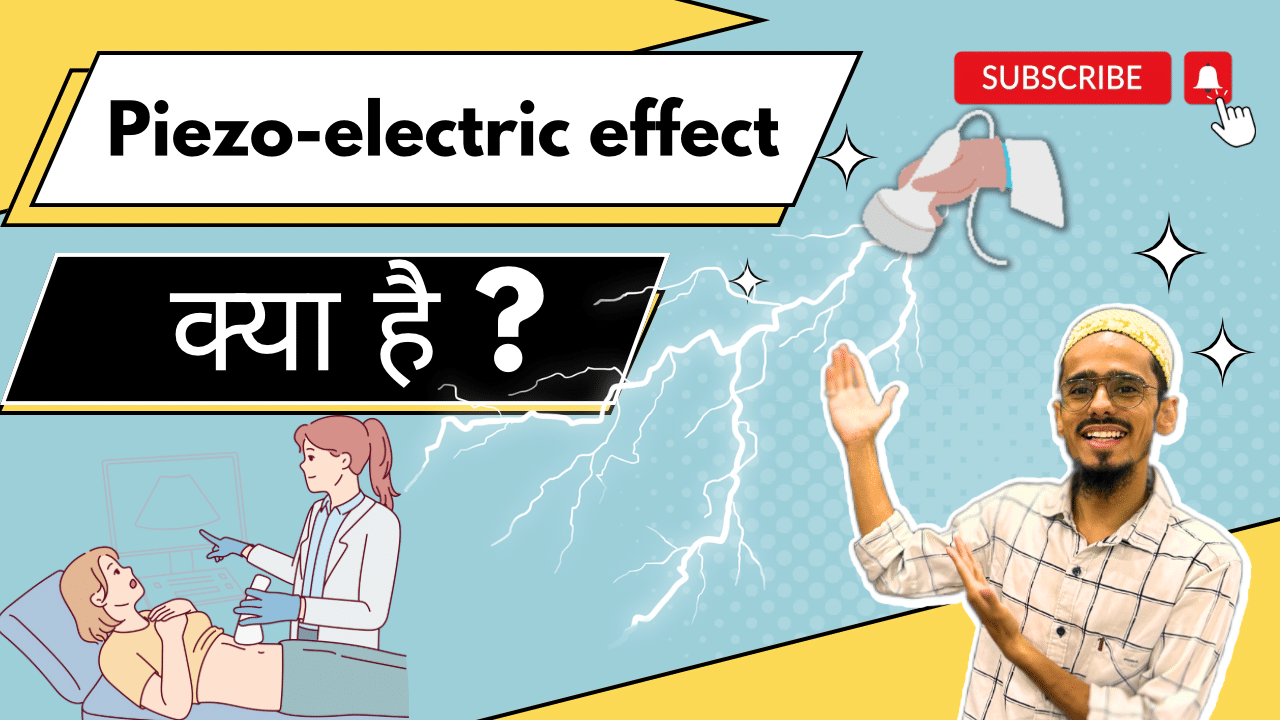What is Piezoelectric effect ?
The piezoelectric phenomenon is a ability of certain materials to produce an electric charge in response to that applied mechanical stress or pressure.
These type of materials can also deform or change their shape when an electric field is applied to them.
This phenomenon was first discovered and introduced by Pierre and Jaques Curie in 1880.
Piezoelectric materials
Piezoelectric materials are typically crystals or ceramics, such as quartz, tourmaline, or lead zirconate titanate (PZT).
These materials have a unique crystal structure that allows them to exhibit the piezoelectric effect.
The crystal structure is asymmetrical meaning that the positive and negative charges are not evenly distributed within the material.
When a mechanical force or pressure is applied to a piezoelectric material
It causes the crystal lattice to deform resulting in a redistribution of the electric charges within the material.
This redistribution generates an electric potential difference across the material creating an electric field and an electric charge.
This charge can be measured as a voltage across the material.
Piezoelectric effect used in Ultrasound
piezoelectric effect in physiotherapy – The piezoelectric effect has numerous practical applications. For example, it is used in ultrasound transducers
where an electric signal is applied to a piezoelectric crystal, causing it to vibrate and emit sound waves.
When sound waves strike the crystal they cause it to deform and generate an electric signal which can be detected and used to create an image.
Piezoelectric materials are also used in sensors, actuators, and various electronic devices.
The piezoelectric effect is a fundamental property of certain materials that allows for the conversion between mechanical energy and electrical energy enabling a wide range of applications in various fields.
Piezoelectric materials play a crucial role in therapeutic ultrasound therapy, which is a medical treatment technique that utilizes high-frequency sound waves to treat various conditions.
The piezoelectric effect is used in ultrasound transducers which are the devices responsible for generating and emitting the sound waves.
In therapeutic ultrasound therapy, an ultrasound transducer containing one or more piezoelectric crystals is placed against the patient’s skin in the area requiring treatment.
When an alternating electric current is applied to the piezoelectric crystals
They rapidly expand and contract due to the piezoelectric effect.
This mechanical vibration generates high-frequency sound waves typically in the range of 1 to 3 megahertz (MHz).
The sound waves produced by the transducer penetrate the skin and underlying tissues creating a mechanical effect known as acoustic streaming.
This effect causes the molecules in the tissues to vibrate, producing localized heating and promoting increased blood flow.
The sound waves can also create microscopic gas bubbles in the tissues
A process called cavitation which can have beneficial effects on tissue healing.
Therapeutic ultrasound therapy
Therapeutic ultrasound therapy will commonly use for various purposes like including
pain relief , reducing inflammation , increasing tissue extensibility
promoting tissue healing and breaking down scar tissue or adhesions.
The specific treatment parameters such as the
frequency, intensity and duration of the ultrasoundwill be adjust according to the desired therapeutic outcome.
It is important to note that therapeutic ultrasound therapy should be administered by trained healthcare professionals
who can accurately assess and determine the appropriate treatment parameters for each individual patient.
Safety precautions must be taken to ensure that the treatment will apply correctly and do not cause any adverse effects.
In summary the piezoelectric effect will be utilize in therapeutic ultrasound therapy to generate high frequency sound waves that can provide various therapeutic benefits.
These sound waves when applied to the body can produce effects such as tissue heating, increased blood flow, and cavitation which contribute to the therapeutic outcomes of the treatment.
